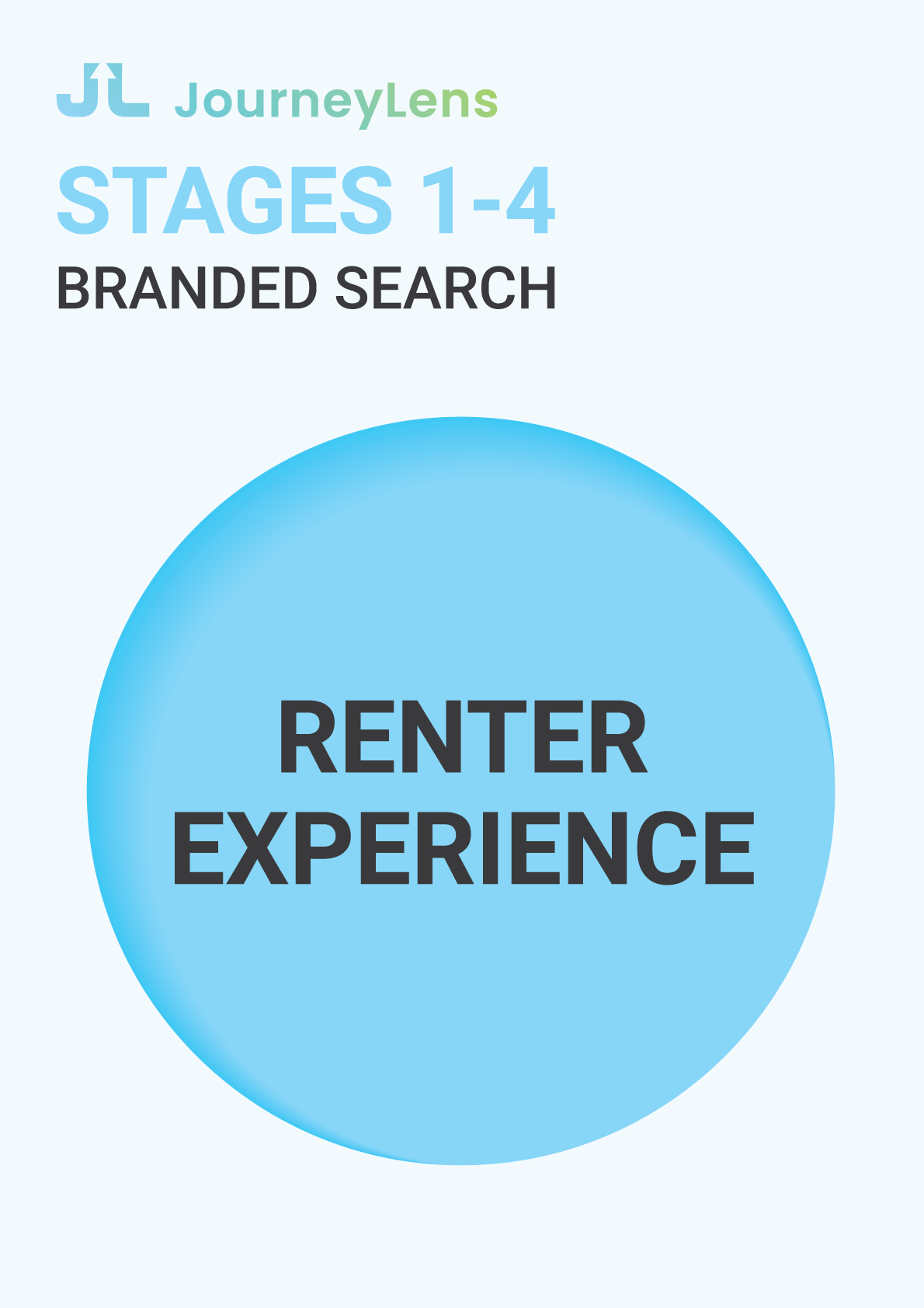What constitutes a “leasing decision”? It transcends merely applying and paying a deposit. While your apartment community may feature top-notch amenities, an ideal location, and apparent value, these factors alone do not secure a lease or ensure a move-in. Revenue only begins once a renter physically occupies the apartment rather than when they first express interest or agree to sign a lease. Successful leasing necessitates guiding renters through their entire journey, from initial interest to the moment they step through the door with their overflowing boxes.
Unfortunately, many apartment communities struggle to understand the renters’ journey. Despite the rapid evolution of renter behaviors and expectations, there often remains a disconnect regarding renters’ actual experiences during their search and decision-making process. Property managers need to adapt alongside these changes by deepening their understanding of renter psychology. This involves data analytics to monitor renter behaviors, preferences, and interactions at various touchpoints. By doing so, leasing teams can craft personalized experiences that communicate they are offering more than just a living space—they are providing a community tailored to individual needs. The objective is to transform curiosity into commitment through a strategic blend of technology and personal engagement, ensuring that each aspect of the renter’s journey feels tailored and significant. Effectively engaging with renters throughout their journey not only optimizes occupancy rates but also fosters long-term relationships that enhance community reputation and tenant retention.

The Three Triggers of Renters
Renters generally explore new housing options driven by one of three main motivators, known as renter triggers. Each trigger provides valuable insights into renter behavior, allowing apartment teams to customize their strategies accordingly.
When renters act on substitution triggers, community performance may decline. This can lead to higher vacancy rates and decreased resident loyalty, exposing communities to competition. Identifying these patterns enables managers to adapt their strategies to foster an environment that fulfills renters' needs and reduces turnover.
Augmentation refers to renters’ desires for enhancements, which can significantly boost apartment community performance.
- Increased Rental Revenue: Research indicates that renters are willing to pay more for modern amenities.
- Value Appreciation: Upgrades can lead to a 15% increase in average rents and a 20% rise in community value within the first year.
- Competitive Edge: Communities that address augmentation needs stand out and attract premium renters.
By understanding these triggers, community managers can turn their properties into highly sought-after rental locations.
Renters influenced by disruption triggers tend to take longer in their decision-making process as they explore a myriad of options and carefully evaluate properties. They prioritize seamless transitions and often require more guidance to facilitate their move. Ignoring these triggers may lead to missed chances for securing reliable tenants.
Steps and Touchpoints Along the Renter’s Journey
Grasping the renter’s journey is vital for refining the leasing process and enhancing conversion rates. This journey consists of several crucial steps, each contributing significantly to decision-making. Renters may not always adhere to a linear progression—they can revisit earlier stages or pause their search at times. A well-organized leasing process accommodates this variability while providing necessary support at every step.
Key Steps Include:
- Searching for properties
- Exploring communities
- Inquiring for details
- Touring apartments
- Signing a lease
Each step serves as an opportunity to leave a lasting impression on potential renters.
Throughout this journey, renters engage in various tasks, from browsing listings and assessing community features to scheduling tours and connecting with leasing teams. Providing renters with easy and efficient methods to navigate these processes can substantially boost their experience and increase the likelihood of choosing your property.
Touchpoints represent moments when renters interact directly with your community for information, assistance, or confirmations. These could involve emails, phone calls, live chat sessions, or in-person meetings. Each interaction is a chance to deliver value, establish trust, and create a streamlined renting experience.
Significance of Understanding the Renter’s Journey
For property managers, leasing agents, apartment marketers, and real estate investors, fine-tuning each stage, activity, and touchpoint in the renter’s journey is crucial for increasing conversions and fostering lasting relationships. Ensuring that all interactions are smooth, informative, and helpful can enhance the overall experience for renters, setting your community apart from competitors.
Key Influencers in Leasing Decisions
Leasing decisions are no longer made by a single, isolated individual. Instead, a dynamic network of influencers significantly impacts the renter’s journey. Recognizing these influencers and learning how to engage them effectively can be pivotal for property managers and leasing agents.


